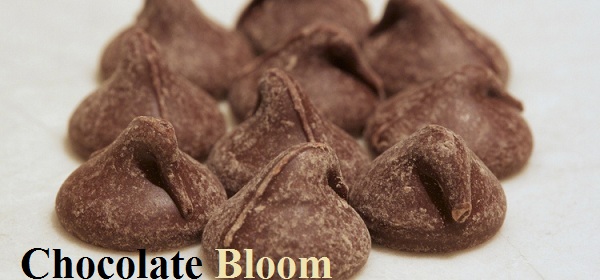Chocolate is a favored treat amongst many. It can be perfect as a gift, shared amongst friends, or eaten alone. Its velvety flavor and seemingly endless variety mean that millions of people are somewhat addicted to this sweet product. Some may even have cupboards filled with it, but does chocolate go bad? How long will it last? There are many factors to consider, including the type of chocolate, the quality of the chocolate and how it has been stored. By following the advice and information below, you can ensure to avoid chocolate which has gone bad, as well as prolong the shelf-life of your chocolate products.
Does Chocolate Go Bad?
What must be considered first is the type of chocolate you are consuming. If it is milk-chocolate, then the dairy within it does not carry much of a shelf-life. The flavor and the safety of the chocolate will deteriorate, making it unfit for consumption. Dark chocolate, however, can last much longer than milk-chocolate. Although the chocolaty flavor may diminish, the product will still be safe to eat and perfectly utilizable for baking, frosting or syrup. If the chocolate has experienced high and low temperature changes, then it may no longer be safe for consumption because the changes in temperature can promote the growth of unwanted and potentially harmful bacteria.
How Long Does Chocolate Last?
Most chocolates have a shelf-life of 18 months to two years. Chocolate syrup lasts around two years (unopened) and around six months after it has been opened (and refrigerated). Pre-melted chocolate, when stored correctly in the fridge or pantry, can last up to 12 months, whereas unsweetened chocolate keeps well for around 18 months. Dark chocolate lasts the longest, at around five years, whilst bittersweet chocolate is safe for consumption up to two years after the date of manufacture. If you want to find the answer to "when does chocolate go bad", you need to know that many products vary and you should always check the label/packaging for an expiration date.
How to Tell If Chocolate Has Gone Bad
1. Fat Bloom
A white/grayish film of fat on the surface of the food is often an indicator that the food should not be consumed. In chocolate, however, a fat bloom occurs when the cocoa butter fats rise to the surface after separating from the cocoa mass. Whilst this occurrence can be unsightly, the chocolate is still safe to eat.

2. Sugar Bloom
If the sugar within the chocolate crystalizes due to humidity and changes in temperature, then an unpleasant, grainy texture can develop (known as sugar bloom). Whilst the chocolate will still be safe to eat, the taste may not be so favorable.
3. Odor
Perhaps one of the easiest ways to tell if chocolate has gone off is by smelling its odor. If the chocolate smells bad, then it will likely taste bad and be unsafe.
4. Preservatives
High quality chocolate products contain natural preservatives known as flavanols. This means that high quality chocolate can often be eaten well after its manufactured date, and like fine wine, some chocolate will appreciate with time. Chocolate with artificial preservatives will not last as long as chocolate containing flavanols which also have anti-oxidizing effects on the body.
5. Taste
If you are unsure as to whether a chocolate product is off, sapling a small nibble before consumption will often indicate whether the product is ok to eat. If the chocolate tastes biter or rancid, you must not eat it.
How to Store Chocolate Properly
Now that we have properly answered the question "does chocolate go bad", we need to further know the ways to store the chocolate properly in order to prevent early deterioration.
1. Store in Cool Dry Places
When chocolate is stored in cool, dry places (around 65-68°F and 55% or less humidity), it will keep for longer as the emulsion cocoa butter and solids will remain stable.
2. Seal in Air Tight Container
Exposing chocolate to oxygen will cause oxidization, leading to an unwanted change in the flavor of the chocolate. For this reason, storing chocolate in air-tight containers is recommended for better taste.
3. Keep Away from Light
Direct sunlight or artificial light can cause the same unwanted change in flavor as oxidization, so light should also be avoided.
4. Refrigerate
It is often recommended not to refrigerate chocolate, but in high temperatures, refrigeration may be required. Always ensure to wrap the chocolate tightly before refrigerating to prevent the occurrence of condensation and absorption of odor. Also remember to seal the wrapped chocolate within an air-tight container. When you remove the chocolate from the refrigerator, ensure to allow it to return to room temperature before unwrapping.
5. Freeze
Placing chocolate within the freezer can help to prolong its shelf-life. You may first refrigerate the chocolate for 24 hours and then place the chocolate in the freezer. When you wish to eat the chocolate, reverse these steps.
